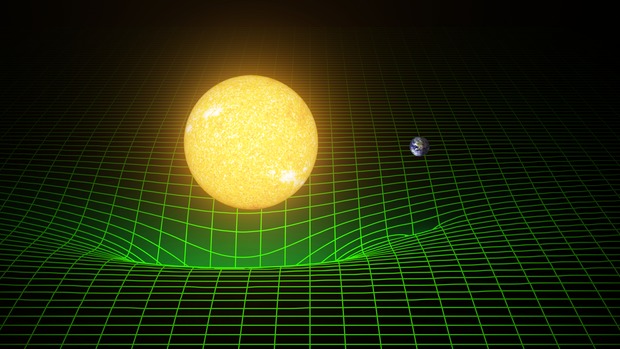Many things are subject to change in the lives of people today, whether it be the weather, other people present in our lives, or attitudes regarding certain things. However, constants do exist as well, and one of those concepts is time. No matter what we do, time will always march forward pretty much anywhere in the universe. And regarding the universe, time is on a colossal scale. While the universe has been around for 13.8 billion years, modern humans came into existence between 200,000 to 300,000 years ago. In doing the math, you can see that we have only existed for about 0.002% of the time since the very beginning. Even on Earth, our presence is relatively recent as well. Out of the 4.5 billion years of Earth’s existence, that 300,000 seems like a miniscule number in comparison. In the depiction below of Earth’s history in a 24 hour frame, modern humans would only appear in the last four seconds.

Is Time Truly Constant?
However, time is not necessarily the same everywhere in the universe, although it still continuously ticks forward. Many people would think that nothing could change the length of time at different locations in space, as did Isaac Newton in the 17th century. Since he thought that absolute motion could not be detected, he believed that nothing had a constant speed (like light), which helped him conclude that time is constant. (O’Callaghan). Later on, Einstein came up with a new theory, stating that the speed of light actually was a constant (about 186,282 mi/s), and that time “warped” depending on gravity of masses in space. And since the speed of light is the same everywhere, something else, namely time, needed to be taken into account for alterations across the universe. Today we accept Einstein’s theories as truth.

Recently, we’ve had more concrete evidence about Einstein’s theory. Since we know that large objects can warp time, why not a black hole? These are some of the densest bodies in the universe, and not even light can pass through to the other side of one. A group of scientists were actually able to discover instances of light behind a black hole. X-ray explosions could be seen behind the black hole, which should not be possible unless the black hole warped space and bent light and magnetic fields. With advances in astronomy and technology, we may be able to see the theory of Einstein in action further.
Interesting post, Jude. I’ve heard about Einstein’s Theory of Relativity, but never looked much into it, so this was an informative read. I’ve always thought about time as essentially the measure of change in the natural world (or, more broadly, universe). The force of gravity affects how fast change occurs (in this case, change in the speed of light). This makes sense to me at a surface level of understanding, but there are undoubtedly many complexities to this area of study that I cannot come close to grasping at the present moment.